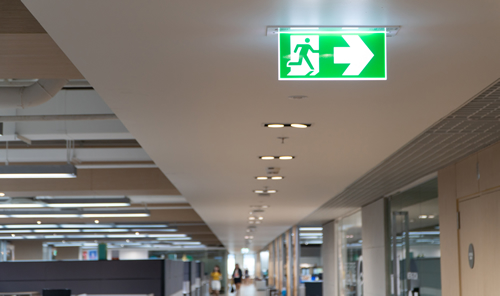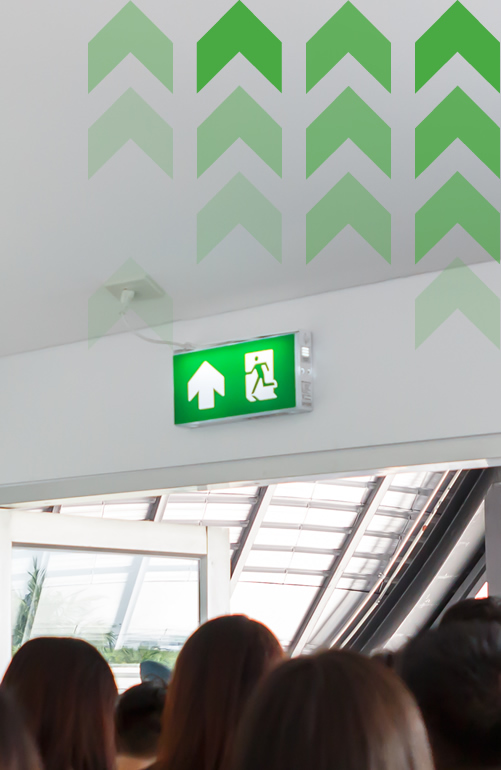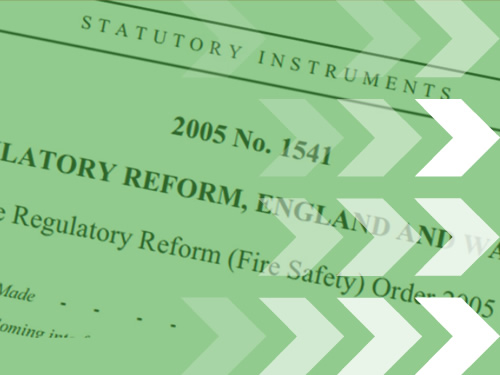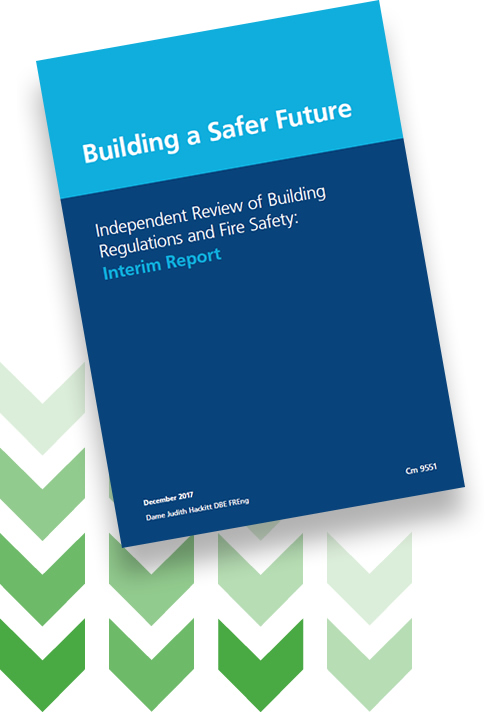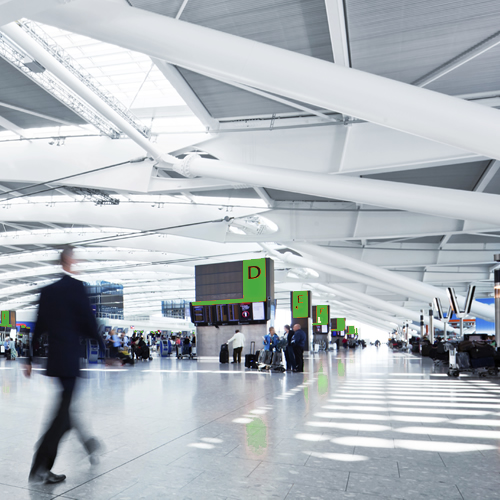As part of the Government's response to the Grenfell fire tragedy, Dame Judith Hackitt was commissioned to undertake an independent review of Building Regulations and in particular their impact on Fire Safety. In 2018, a year on from the tragedy, Dame Judith published her final report, the Building a Safer Future report.
The report was written following an independent review of the Grenfell tragedy and has been labelled as the next “key step in an extensive overhaul to building safety legislation” by Housing Secretary Robert Jenrick.
The report’s overarching theme was that building safety and regulation in the UK was far below standard and needed urgent updates to ensure there is never a tragedy like Grenfell ever again. The report signalled big and widespread changes that would impact on both the construction and ongoing management of residential building blocks.
Following the release of the Hackitt report, the Building Safety Act was then implemented and granted Royal Assent on 28 April 2022, thus becoming law. The Act made ground-breaking reforms to give residents and homeowners more rights, powers, and protections – so that homes across the country are safer. It delivers far-reaching protections for qualifying leaseholders from the costs associated with remediating historical building safety defects, and an ambitious toolkit of measures that will allow those responsible for building safety defects to be held to account, with new criminal offences for the worst offenders, fines and up to 2 years in prison.
To tackle the issue of ‘shirking responsibility’, the Act reforms the Fire Safety Order and makes it clearer for residents who to go-to for any fire safety concerns, including sub-par emergency lighting systems. This responsible person will also be required to keep updated fire safety information for residents.
As Grenfell tragically demonstrated fire safety in the UK was dangerously below acceptable standards, and information on compliance testing and the competency of those carrying it out wasn’t always clear and transmissible. It overhauls existing regulations, creating lasting change and makes clear how residential buildings should be constructed, maintained and made safe.

